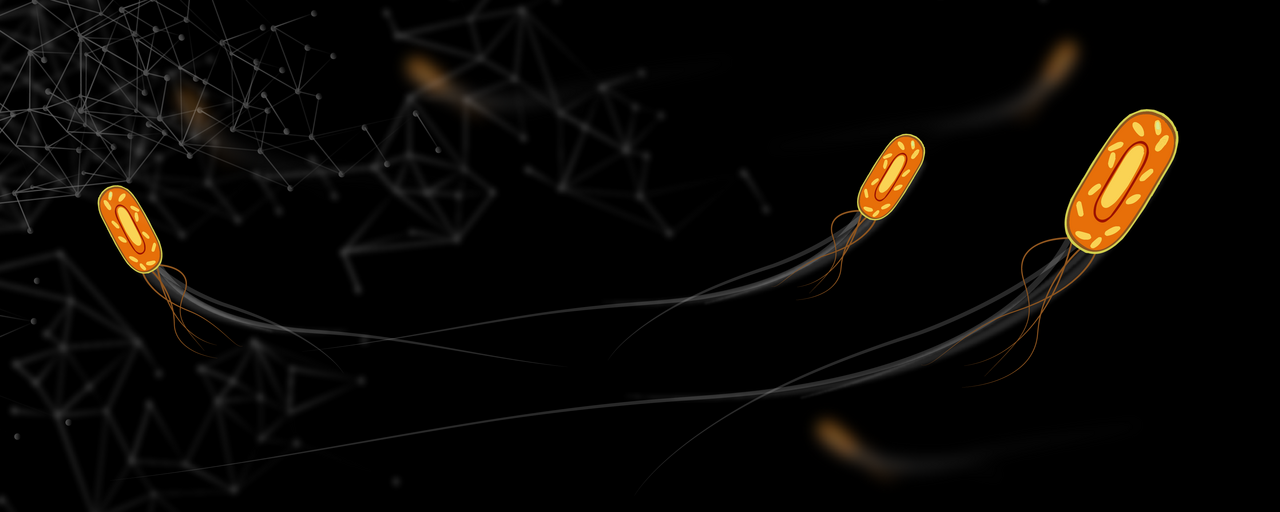The huge amount of data achieved by filming biological processes with the help of a microscope has earlier been a hindrance to analyses.

Image Credit: Jesús Pineda.
By making use of artificial intelligence (AI), scientists at the University of Gothenburg could currently track cell movement across space and time. The technique could be highly beneficial for coming up with more effective cancer medications.
Under a microscope, studying the movements and behaviors of cells and biological molecules offers basic data for an improved understanding of processes relating to health. Studies of how cells act in various scenarios are significant for coming up with new medical technologies and treatments.
In the past two decades, optical microscopy has advanced significantly. It enables us to study biological life down to the smallest detail in both space and time. Living systems move in every possible direction and at different speeds.”
Jesús Pineda, Study First Author and Doctoral Student, University of Gothenburg
Pineda is the first author of the scientific article in Nature Machine Intelligence.
Math describes relationships of particles
Progress made at present has given scientists such huge amounts of data that analysis is almost impossible. However, scientists at present at the University of Gothenburg have come up with an AI method integrating graph theory and neural networks that could pick out trustworthy data from video clips.
To explain the relationships between various particles in the studied sample, graph theory is a mathematical structure that has been utilized. It is equivalent to a social network in which the particles tend to interact and impact one another’s behavior directly or indirectly.
The AI method uses the information in the graph to adapt to different situations and can solve multiple tasks in different experiments.”
Jesús Pineda, Study First Author and Doctoral Student, University of Gothenburg
Pineda added, “For example, our AI can reconstruct the path that individual cells or molecules take when moving to achieve a certain biological function. This means that researchers can test the effectiveness of different medications and see how well they work as potential cancer treatments.”
Pharmaceutical Companies Already Using AI
Furthermore, AI makes it feasible to explain all dynamic aspects of particles in situations where other techniques would not be efficient. For this reason, pharmaceutical companies have earlier integrated this method into their research and development process.
Source:
Journal reference:
Pineda, J., et al. (2023) Geometric deep learning reveals the spatiotemporal features of microscopic motion. Nature Machine Intelligence. doi.org/10.1038/s42256-022-00595-0.